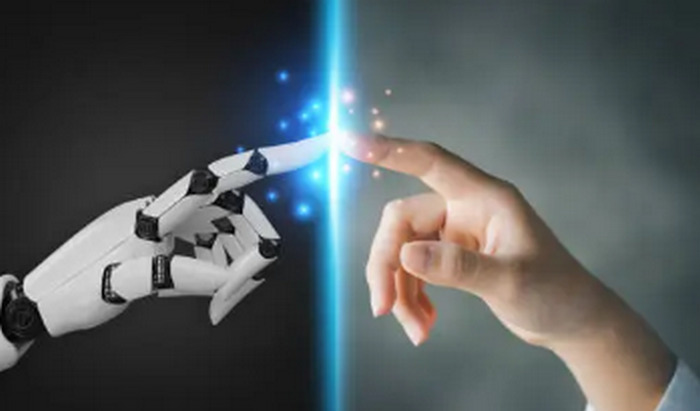The globe is aging quickly. Many countries are experiencing historic demographic transitions as a result of rising life expectancies and falling birth rates. Numerous issues are raised by this situation, including overworked healthcare systems and a declining labor force. The potential acceleration of robotics and artificial intelligence (AI) development is a bright spot despite these challenges. This essay examines how aging of the earth could accelerate robotics and artificial intelligence development, influencing technology and society in the future.
Trends in Demography and What They Mean:
As people get older, a number of related tendencies appear. First, as the population ages, there is an increasing need for healthcare services. The rise of age-related illnesses and chronic disorders increases this demand. Second, the labor force is getting smaller to meet the demands of the aging population and the broader economy. Because younger people are leaving the workforce at a faster rate than older people are joining it, there is a severe labor shortage.
The Function of AI and Robotics:
Numerous issues raised by the aging population may be resolved with the help of robotics and artificial intelligence. Robots can help in the medical field with duties including medicine administration, patient monitoring, and even surgery. AI-driven diagnostic tools are more effective than humans in analyzing medical data, which helps with early disease detection and treatment planning. Furthermore, elderly people can benefit from the company and assistance of robots, which helps to lessen feelings of isolation and loneliness.
The relevance of automation in the context of labor shortages is growing. Robots can carry out labor-intensive or repetitive jobs in sectors including manufacturing, agriculture, and logistics. Artificial intelligence (AI) algorithms can increase overall efficiency, better allocate resources, and optimize industrial processes. Automation boosts economic productivity and innovation in addition to filling labor shortages.
Technological Developments Fueling Development:
The aging of the population has expedited the use of robotics and AI, thanks to recent advances in these fields. With the advancement of machine learning algorithms, robots can now learn from their experiences and adjust to changing surroundings. Robotic systems’ capabilities and adaptability have increased thanks to advancements in hardware, such as sensors and actuators. Furthermore, the emergence of edge and cloud computing has improved the accessibility and scalability of AI-powered applications.
Innovation in assistive robotics and AI applications is also being fueled by interdisciplinary collaborations between robotics engineers, computer scientists, healthcare practitioners, and social scientists. Developers may create technology that is both efficient and easy to use, increasing acceptance and adoption, by having a thorough understanding of the particular requirements and preferences of aging populations.
Social and Ethical Aspects to Consider:
The expanding use of robotics and artificial intelligence (AI) presents ethical and societal issues despite the possible advantages. There are worries that automation would lead to economic inequality and the loss of jobs. In addition, there are concerns about algorithmic bias, data privacy, and the moral use of AI in decision-making. Furthermore, it’s important to take into account cultural attitudes and perspectives because some people can find it difficult to incorporate robots into their daily life.
To tackle these obstacles, a multidisciplinary strategy emphasizing openness, responsibility, and diversity is needed. To guarantee that moral norms are upheld and social effects are properly controlled, policymakers are essential in regulating the advancement and application of robotics and artificial intelligence. Furthermore, in order to promote educated conversations regarding the place of technology in an aging society, public education and engagement initiatives are required.
In summary:
Our planet’s age brings opportunities and difficulties for technology development. We can address the requirements of aging populations while promoting innovation and economic growth by utilizing robotics and artificial intelligence. But achieving this promise will need a determined effort to get over social, ethical, and technological obstacles. Together, we can build a future where technology improves people’s lives at every age, resulting in a more diverse and sustainable community.
